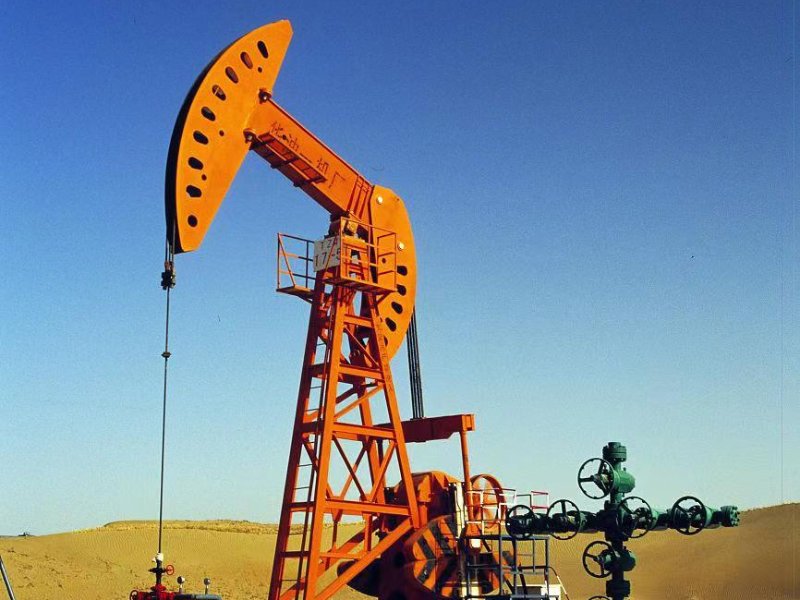
In oil exploitation, polyacrylamide PAM can be an additive for a variety of uses, such as drilling fluid, fracturing fluid, and polymer drive oil to improve oil recovery.
Used as an additive for drilling fluid
Drilling fluid is used as a drilling mud performance adjusting agent in oil drilling. The role of PAM is to regulate the rheology of the drilling fluid, carry rock debris, lubricate the drill bit, and facilitate drilling. In addition, it can also greatly reduce the card drilling accident, reduce the equipment wear, and can prevent the well leakage and collapse, and make the well diameter rules. In this regard is often used is partially hydrolyzed polyacrylamide, polyacrylamide potassium salts, which are obtained by the hydrolysis of PAM or polyacrylonitrile.
Used as a polymer flooding
Polymer flooding technology plays an important role in the methods of enhancing oil recovery. The role of the polymer is to adjust the rheology of the injected water, increase the viscosity of the drive liquid, improve the impact efficiency of the water drive, reduce the water phase permeability in the formation, so that the water and oil can flow forward at a uniform speed. Polymer flooding is done by adding a certain amount of polymer polyacrylamide to the injected water to increase the viscosity of the injected water and improve the oil water flow ratio. Because the adsorption and capture of polyacrylamide molecules reduces the permeability of high, medium permeability layer or high and medium flooded layer, increases the seepage resistance of the injected water, increases the water absorption of the low permeability layer or low but unflooded layer, and expands the impact range of the injected water on the oil layer plane and the longitudinal flooding thickness of the oil layer, thus expanding the flooding volume and replacing the unused crude oil during the water drive, so as to achieve the purpose of improving the crude oil recovery.
Used as a water blocking agent and section regulating agent
Well outflow is a common problem in the current oil field development, especially the old oil field with long-term water injection development. Due to the heterogeneity of the reservoir and the difference in oil and water viscosity, the water injection advances and refers to it along the high permeability layer or cracks between the injection well and the production well, resulting in premature flooding of the production well, oil production decreases and rising water content. Ininjected water is easy to enter the high penetration strip or crack and bypass the medium and low penetration zone, reducing the impact coefficient of injected water, resulting in a low use of low penetration layer or not used at all. Water injection development method is generally adopted in China. At present, the water content of the oil well has reached 90%, of which many oil fields have reached more than 98%. Currently, water-soluble polymers represented by polyacrylamide are the most widely used and most effective water blocking material at home and abroad.
The basic principle of water blocking is: adding the crosslinking agent to a certain concentration of polyacrylamide solution, so that the high-priced metal ions in the crosslinking agent form coordination with the polyacrylamide in polyacrylamide.
Used as a fracturing fluid additive
Fracking process is an important measure for the development of dense layer. Its function is to open the channel of rock and let the oil flow through. Fracking fluid from of methyl polyacrylamide is widely used due to the advantages of high viscosity, low friction resistance, good suspension sand ability and easy preparation